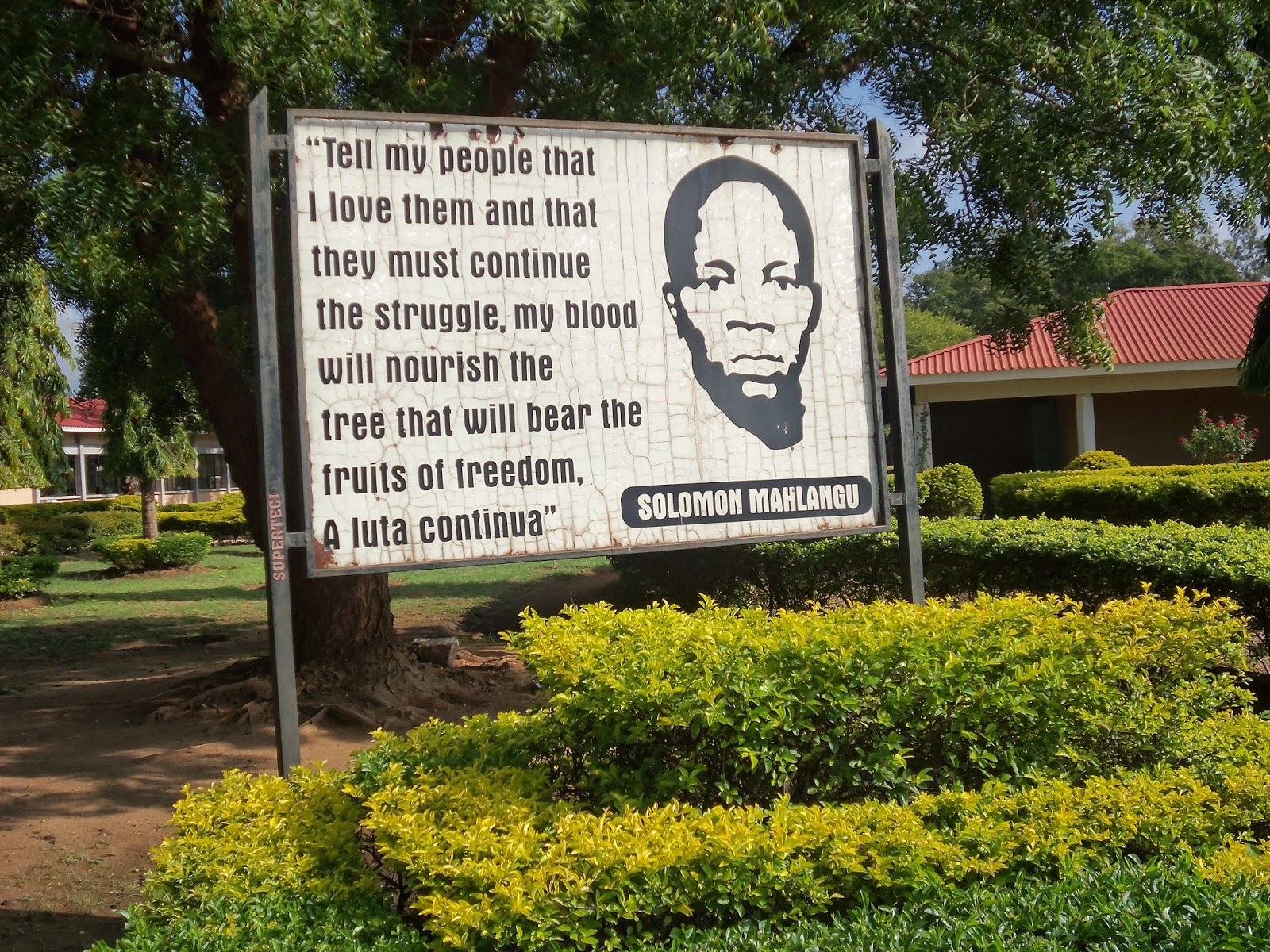 Tanga city has a very high potential for
tourism because of the natural and cultural attraction within and in
neighboring districts. While some investment has been made, much more is needed
to build high quality hotel and develop other operation. The potential to
attraction more visitors holidaying in other parts of Tanzania, especially
Zanzibar and in neighboring coastal of Kenya is considerable .Skilled marketing
could make existing tourists attraction more nationally of and Internationally known.
Tanga city has a very high potential for
tourism because of the natural and cultural attraction within and in
neighboring districts. While some investment has been made, much more is needed
to build high quality hotel and develop other operation. The potential to
attraction more visitors holidaying in other parts of Tanzania, especially
Zanzibar and in neighboring coastal of Kenya is considerable .Skilled marketing
could make existing tourists attraction more nationally of and Internationally known.
The attractions within the city include
Toten Island, Amboni caves, Tanga war graves and memorials. Amboni and Galanos
sulphur hot spring ,Tongoni ruins, Ndumi village defense works .Mworongo sand
beaches and protected coastal mangroves .The city council recognize their
scenic spiritual, cultural, historical and biological values and is committed
to their protection and conservation. Investment and development in tourism
therefore need to be environmentally friendly and supportive of conservation.
The integration of tourism attraction within Tanga City with those of
other areas in country Zanzibar and coastal Kenya into a single circuit will contribute to the growth of the sector , help diversity the economic
base increase employment, stimulate both
arts and craft and promote a non consumptive use of the natural heritage in the
region.













